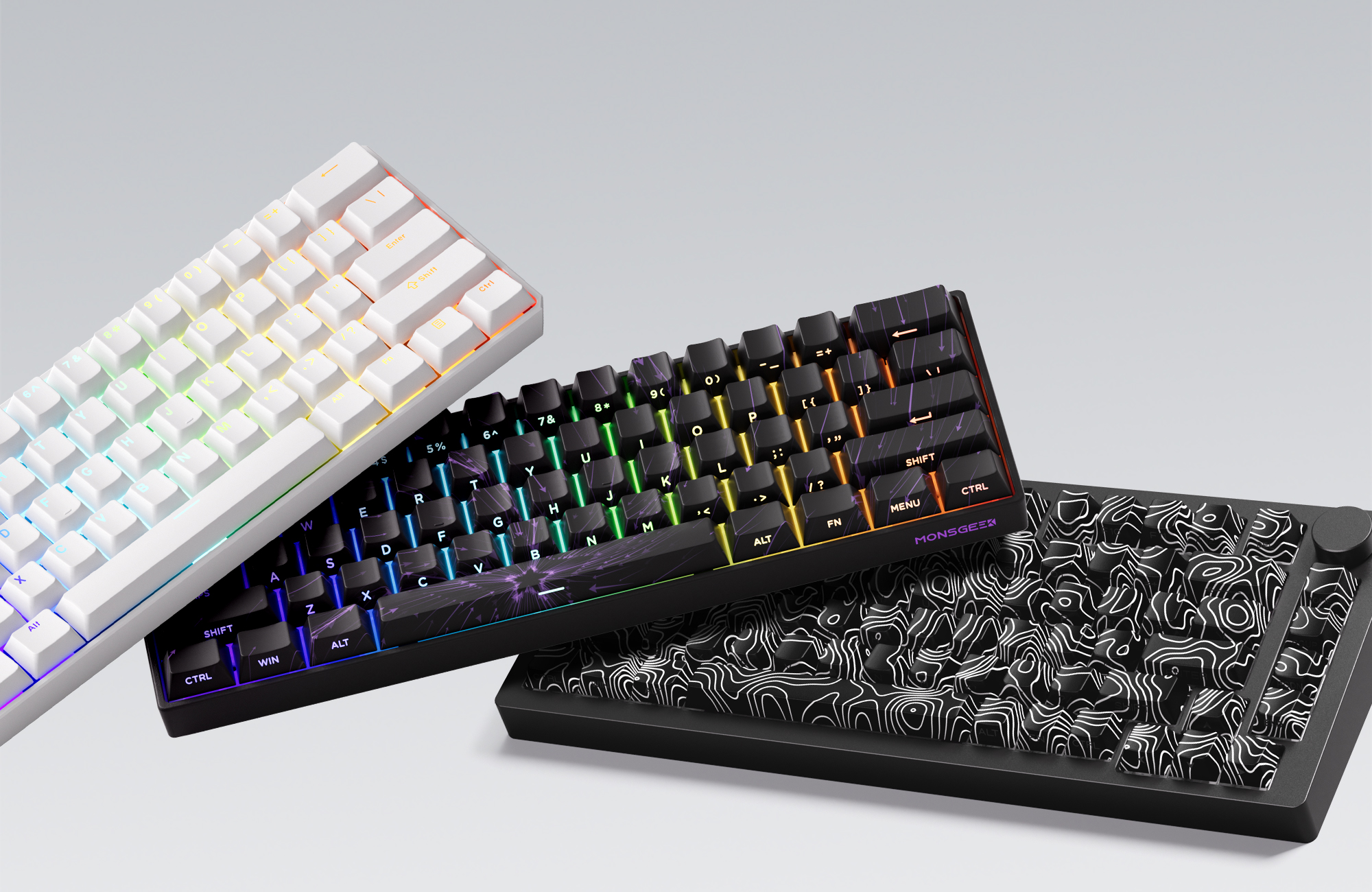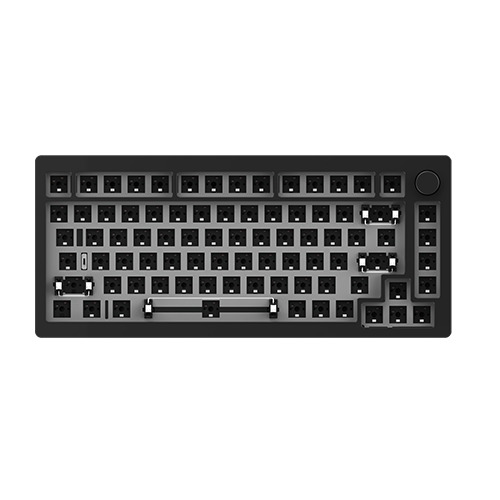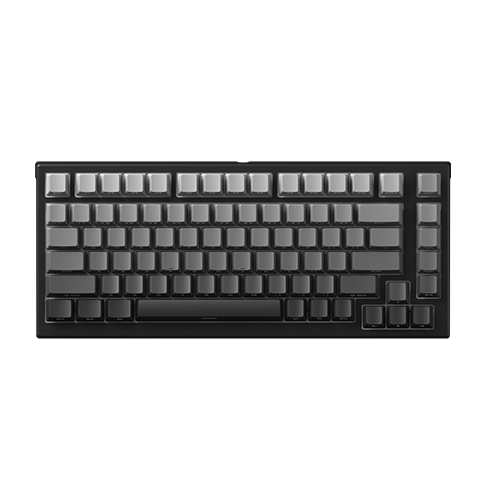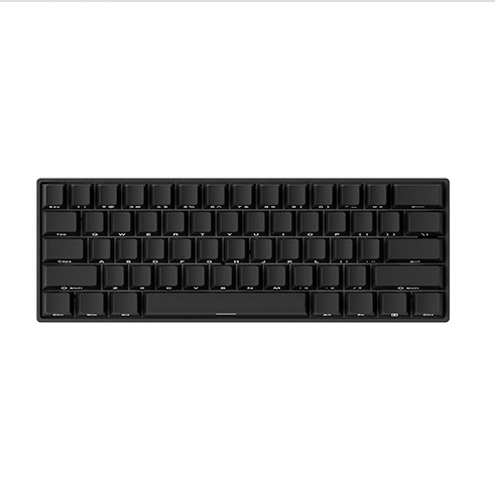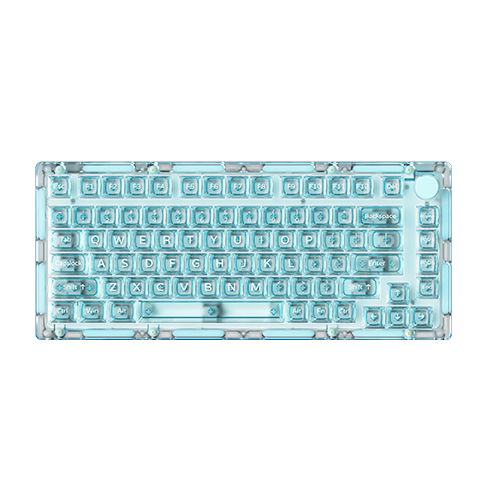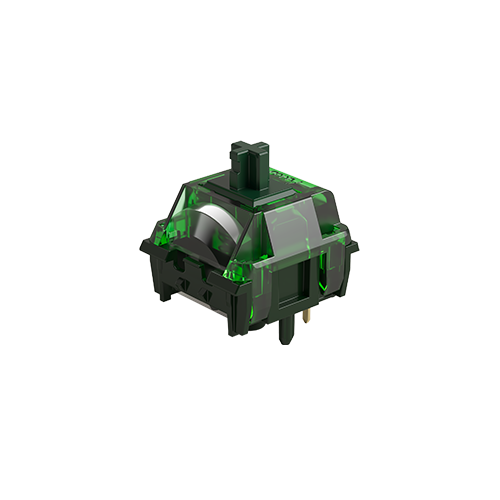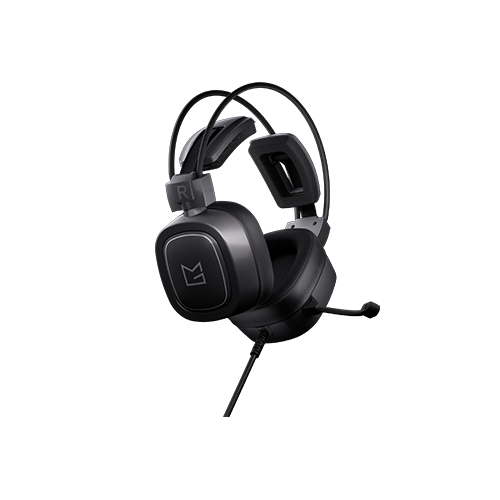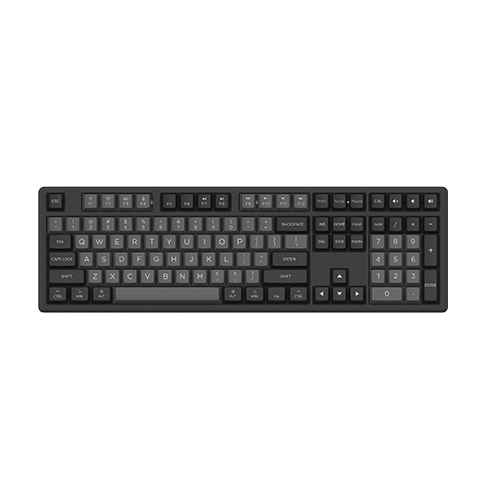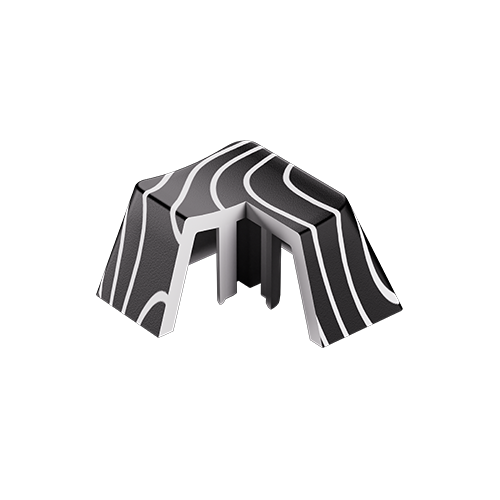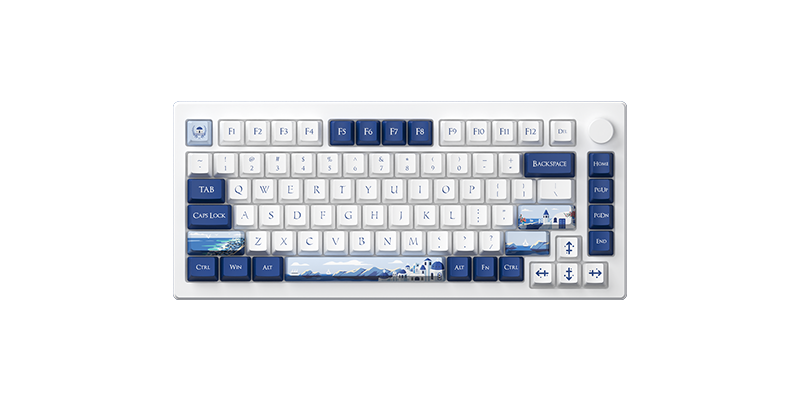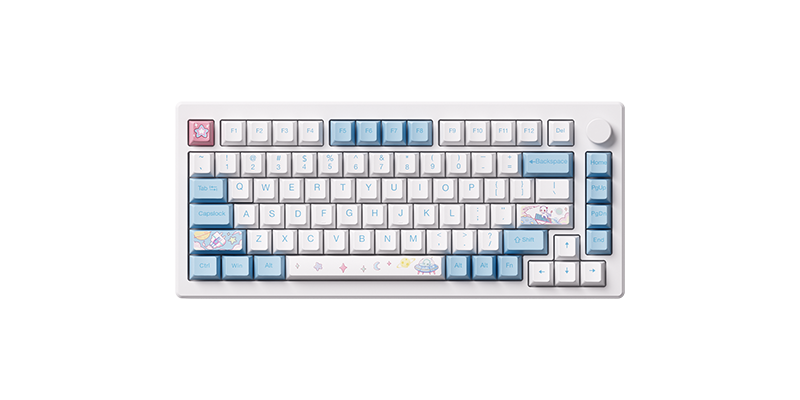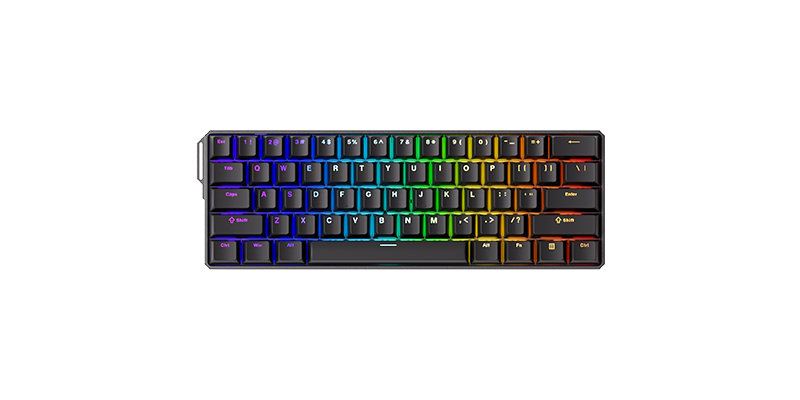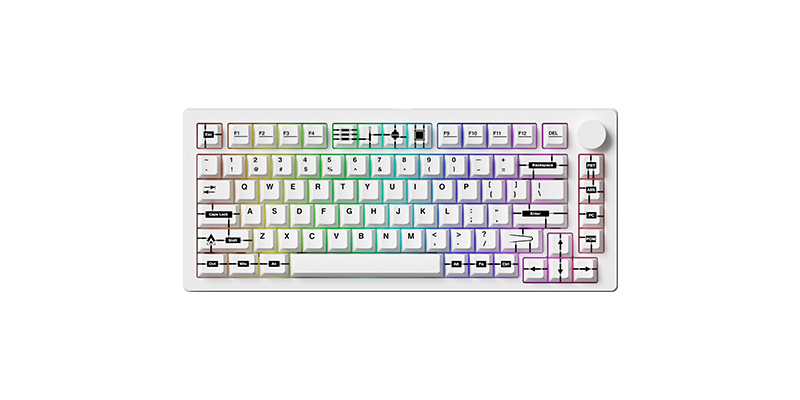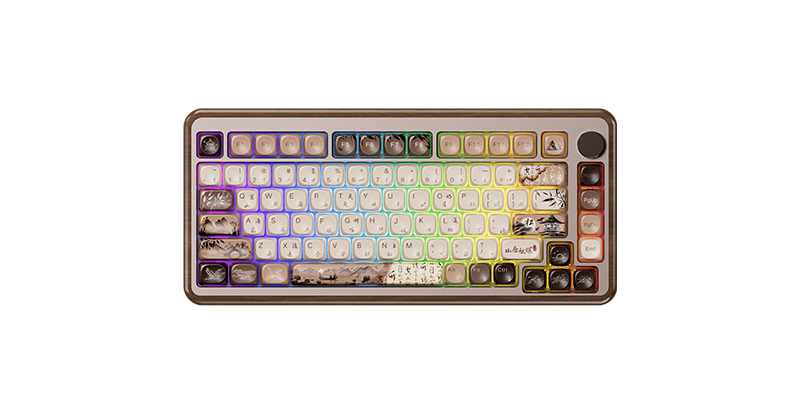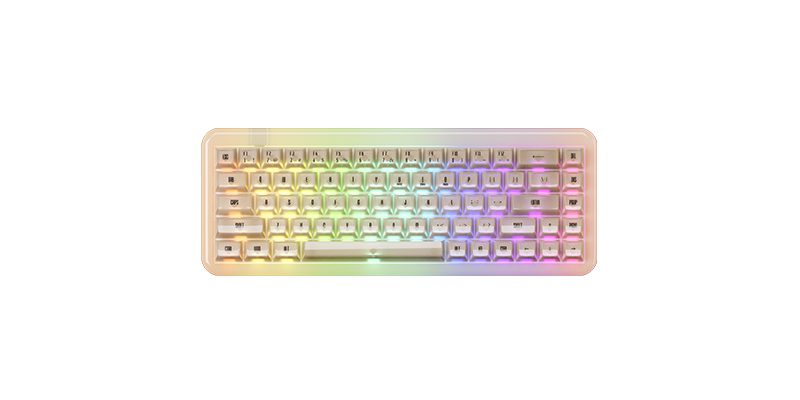Beyond Plastic: Exploring Material Diversity in Custom Keyboard Cases
📅Apr. 9 2025
The world of custom mechanical keyboards is a rabbit hole of endless possibilities. From switches and keycaps to PCBs and layouts, every element contributes to the perfect typing experience. But perhaps the most visually striking and functionally impactful component is the keyboard case. Once relegated to utilitarian plastic, cases now come in a dazzling array of materials, each offering unique aesthetics, acoustics, and feel. Let’s explore the diverse landscape of keyboard case materials, including the exciting realm of mixed-material designs.
Common Keyboard Case Materials (Single Material)
1. ABS (Acrylonitrile Butadiene Styrene): The Classic Contender
• Pros: Affordable, lightweight, easy to mold, wide range of colors.
• Cons: Can feel cheap, prone to flexing, lower durability compared to other materials, may develop a “yellowish” tint over time. Requires molds, which are extremely costly to produce, making the initial investment very high.
• Use Case: Entry-level custom keyboards, budget builds, and mass-produced boards.
2. PC (Polycarbonate): Built for Strength, Styled for Light
• Pros: Durable and impact-resistant; supports frosted or tinted finishes that diffuse RGB beautifully; offers good acoustic properties.
• Cons: More expensive than ABS; prone to scratches; fewer color options. Mold tuning and production are more complex, offering less flexibility than ABS.
• Use Case: Great for builds that showcase diffused RGB lighting, prioritize durability, or aim for a modern, sleek look.
3. Aluminum: The Premium Standard
• Pros: Durable, rigid, excellent acoustic properties, premium feel, wide range of finishes.
• Cons: More expensive than plastic, can be heavy, cold to the touch in colder climates. The overall sound profile varies significantly depending on thickness and manufacturing method (casted or CNC). Some ultra-thin aluminum cases on the market may not offer better acoustics than plastic.
• Use Case: High-end custom keyboards, builds prioritizing durability and premium feel, and those seeking a clean, modern aesthetic.
4. Acrylic: The Light-Up Favorite
• Pros: Lightweight, cost-effective, easy to machine, great for RGB diffusion due to translucency.
• Cons: Less durable than metals, may scratch easily, limited in texture variety.
• Use Case: Keyboards emphasizing underglow or backlit effects, budget-friendly custom builds, and creative DIY projects.
5. Wood: The Natural Beauty
• Pros: Warm and natural feel, unique grain patterns, excellent acoustic properties, absorbs vibrations. The sound is considered favorable by many, often described as “thocky.”
• Cons: Can be susceptible to warping due to humidity changes, requires proper finishing and maintenance, more expensive than plastic.
• Use Case: High-end custom builds, keyboards prioritizing a natural aesthetic, and those seeking a warm typing experience.
6. Resin: The Artist’s Canvas
• Pros: Highly customizable, allows for intricate designs and unique textures, can be cast in various colors and finishes.
• Cons: Can be brittle, more expensive than plastic, manufacturing process is often time-consuming.
• Use Case: Artisan cases, limited-edition designs, and keyboards seeking a truly unique aesthetic.
7. Other Materials: Specialty Choices for Unique Builds
• Examples: Brass, stainless steel, carbon fiber.
• Pros: Include luxurious weight, excellent acoustic properties, extreme strength, and unique aesthetics.
• Cons: Often expensive, heavy or difficult to machine, with limited finish options.
• Use Case: Ultra-premium or performance-focused custom keyboards, builds prioritizing feel, sound, and craftsmanship.
Considerations for Material Choice:
- Budget: ABS and PC are generally more affordable, while aluminum, brass, and carbon fiber are premium options.
- Aesthetics: Choose a material that aligns with your desired look and feel.
- Acoustics: Different materials produce different sound profiles. Wood tends to offer deeper, more resonant sounds, while aluminum and PC provide a cleaner, more defined sound.
- Weight: Consider the weight of the case, especially if portability is important.
The choice of keyboard case material significantly impacts typing experience, aesthetics, and acoustics. Whether opting for traditional materials like aluminum or plastic, or exploring unique hybrid designs, enthusiasts can tailor their keyboards to match their preferences. As innovation in the custom keyboard scene continues, expect to see even more creative combinations that push the limits of craftsmanship and personalization.
